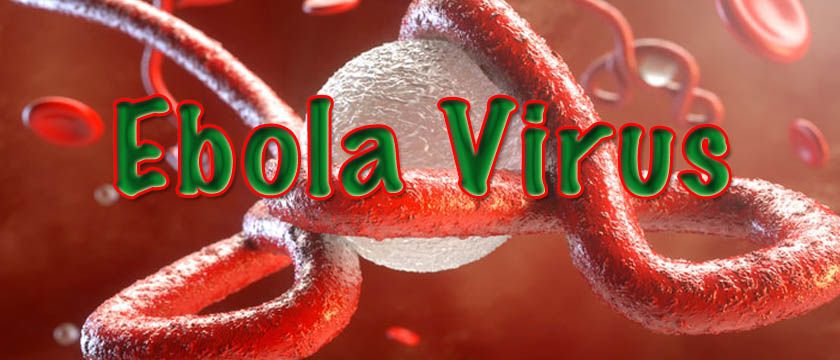
Overview of Ebola Virus
Ebola Virus is a life-threatening disease which has the fatality rate of above 90 percent as per the recent survey, however; it is very rare to get infected by the virus. It is scientifically known as Ebola Haemorrhagic Fever(EHF) which is native to Africa and other neighboring countries. EHF is highly contagious which can spread through various ways such as physical, sexual, fluids, blood and other ways of direct contact with the infected individual. You should isolate the infected individual immediately if diagnose is positive for Ebola virus to prevent the spread of disease to other healthy individuals. Surprisingly, it does not have any specific treatment to cure the infected person, however; your specialist will recommend various supportive therapies which have shown positive results in treating the problem if followed regularly. Few studies suggest that it was firstly reported in Zaire 1976 and so far it has killed thousands of people across the globe. EHF have some severe complications like organ failure, jaundice, high fever, delirium, seizures, coma, digestion problem, and sore throat.
How does Ebola Virus disease spread?
Ebola Virus is much highly contagious than other virus or infections, however; it does not spread through the air, water, and food. We have specified some of the reported facts underneath:
- It spreads through direct contact with the skin or bodily fluids of infected animal like monkey and chimp
- Touching contaminated needles or surgical syringes
- Blood transfusion from the infected individual
- Sexual intercourse with an infected person
- Exposure to the semen, breastmilk, and urine of Ebola virus-infected individual
**You can get infected through other sources as well because it depends upon the location you are living such as Africa, Congo, Uganda, Sudan, and Gabon citizens are more prone to get infected by this virus as reported.
Symptoms of Ebola Virus Disease
Ebola Virus initially confused with normal flu, however; it’s symptoms show up after 2 to 21 days of infection which can be severe or fatal if not treated timely. Generally, individuals may observe the virus symptoms within 8 – 10 days of infection. We have specified some of the commonly observed symptoms underneath:
- High fever (sudden)
- Headache
- Joint and muscle aches
- Sore throat
- Weakness
- Tiredness
- Diarrhea
- Vomiting or nausea
- Abdominal discomfort (pain, cramps, & indigestion)
- Skin Rashes
- Red or puffy eyes
- Internal bleeding
- Breathless
**If you ignore the symptoms of the Ebola virus and delay the treatment it may lead to multi-organ failure or fatal.
*It is recommended to consult a specialist if you observe any of the above-mentioned symptoms to avoid any complications.
Treatment for Ebola Virus
Ebola Virus can be treated within a few weeks under expert supervision and we have specified some of the best treatment reported underneath:
- Maintaining an optimum level of oxygen and blood pressure
- Balancing the fluid and electrolytes through intravenous fluids (IV)
- Taking precautionary measures as suggested by the specialist
- Anti-viral drugs
- Blood transfusions
**It is recommended to consult a specialist for the advice and self-medication or treatment is discouraged.
Buy book on Ebola Virus
To buy the book on Ebola Virus click on the link mentioned below:
The Hot Zone: The Terrifying True Story of the Origins of the Ebola Virus
Disclaimer: Nothing in this article is to be construed as medical advice, nor it is intended to replace the recommendations of a medical professional. For specific questions, please consult a specialist for the advice.